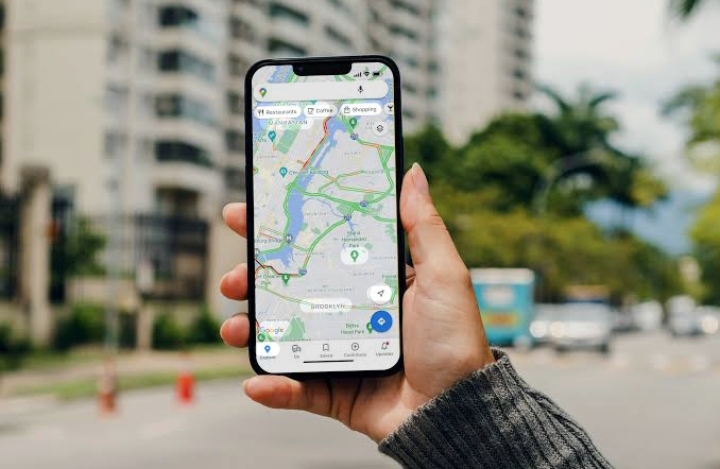
In the vast expanse of our planet, there are places that remain shrouded in mystery, their existence debated and their locations elusive. One such place is the legendary lost city, often cited as being hidden from the prying eyes of satellite imagery and digital maps. The notion that Google Maps deliberately conceals certain locations has sparked numerous theories and speculations. But is there any truth to these claims? Let’s embark on a journey to uncover the facts behind these alleged hidden cities and the role of digital mapping in their concealment.
The Allure of the Lost City
The concept of a lost city is tantalizing. Tales of ancient civilizations, advanced technologies, and treasures waiting to be discovered have captivated human imagination for centuries. From the fabled El Dorado to the mythical Atlantis, stories of such cities have been passed down through generations. The idea that one of these cities might be hidden from modern technology adds an intriguing layer to these legends.
Google Maps and Its Limitations
Google Maps has revolutionized the way we navigate the world. However, it’s not without its limitations. The platform relies on satellite imagery, which can be outdated or incomplete. Certain areas, especially those with dense foliage or rugged terrain, can be challenging to map accurately. Additionally, there are regions where satellite imagery is intentionally blurred or omitted due to security concerns or governmental restrictions.
The Case of Sandy Island
One of the most famous examples of a phantom location is Sandy Island. For over a century, maps and nautical charts depicted Sandy Island as a real landmass near New Caledonia in the Coral Sea. However, in 2012, an Australian research vessel passed through the area and found no island. Further investigation revealed that the island had never existed. The inclusion of Sandy Island on maps was likely due to errors in early cartography, which were later perpetuated by repeated reproduction on subsequent maps.
Other Phantom Locations
Beyond Sandy Island, there are other instances where locations have appeared on maps but don’t exist in reality. For example, the town of Argleton in Lancashire, England, was listed on Google Maps but was later found to be a fictitious location. Similarly, the village of Beatosu in Ohio, USA, was included on maps but was never a real place. These phantom settlements are often the result of errors, intentional pranks, or copyright traps used by cartographers to detect unauthorized reproduction of their work.
Governmental Restrictions and Censorship
While some phantom locations are the result of errors or intentional pranks, there are instances where certain areas are deliberately obscured on digital maps. Governments may request the blurring of sensitive sites for security reasons. For instance, military installations, intelligence agencies, and other critical infrastructure are often hidden or pixelated on satellite imagery to protect national security interests.
The Myth of the Hidden Lost City
The idea that Google Maps is hiding a lost city is more myth than reality. While there are instances of phantom locations and areas with restricted visibility, there is no concrete evidence to support the existence of a hidden city deliberately concealed by digital mapping services. The allure of such a city remains in the realm of speculation and legend.
Conclusion
The world is full of mysteries, and the idea of a lost city hidden from modern technology adds to the intrigue. However, the reality is that most so-called hidden cities are either the result of mapping errors, intentional pranks, or areas with restricted access for security reasons. While the search for lost civilizations continues, it’s essential to approach such claims with skepticism and rely on credible sources and evidence. The digital age has made the world more accessible than ever, but some mysteries may remain just out of reach.
Note: The information provided in this blog post is based on publicly available sources and historical records. The content aims to inform and educate readers about the myths and realities surrounding hidden cities and digital mapping.*
Leave a Reply